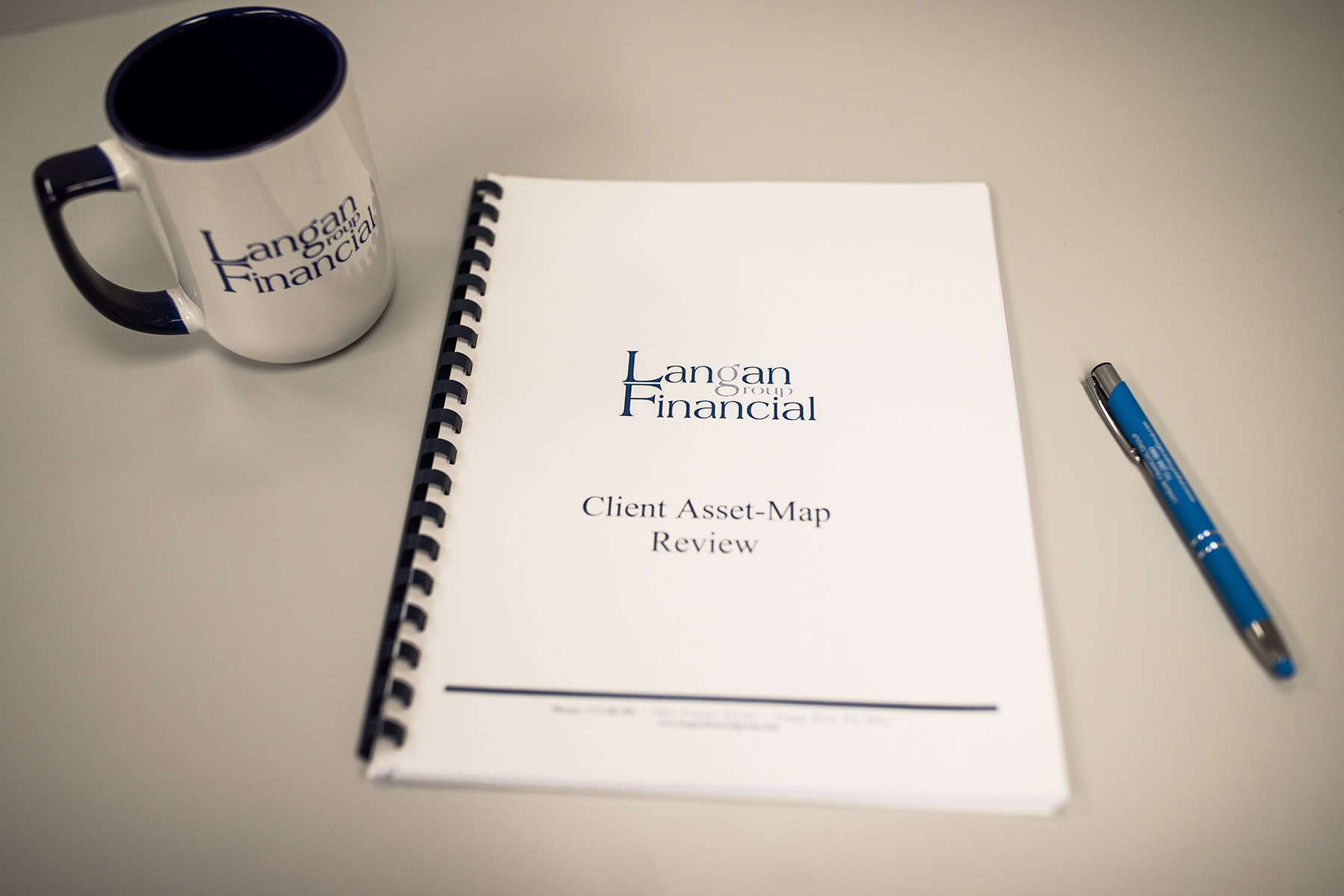
Supreme Court ERISA Ruling: A New Era for Retirement Plan Fiduciaries
On April 17, 2025, the U.S. Supreme Court issued a landmark decision that will reshape how lawsuits involving group retirement plans are handled under ERISA-the Employee Retirement Income Security Act of 1974.
For CFOs, CEOs, and HR leaders responsible for overseeing your company’s retirement plans, this ruling is a game changer. It lowers the bar for plaintiffs to bring prohibited transaction claims, shifting the burden to plan fiduciaries to prove plans are properly administered.
Understanding this decision, its impact, and how to respond is crucial to protecting your organization and your employees’ retirement benefits.
What the Supreme Court Decided: Key Takeaways from Cunningham v. Cornell University
What Happened? The Basics of the Supreme Court Decision
The case at the heart of this ruling-Cunningham v. Cornell University-involved university employees who alleged that Cornell’s retirement plans engaged in prohibited transactions by paying excessive fees to service providers.
Under ERISA Section 1106(a)(1)(C), certain transactions between a plan and parties with a special relationship to the plan (called “parties in interest”) are prohibited unless an exemption applies.
Service providers, such as recordkeepers or investment managers, are considered parties in interest, so contracts with them can trigger these rules.
Previously, courts were split on whether plaintiffs had to allege in the initial complaint that no exemption applied to survive a motion to dismiss. The Second Circuit had ruled that plaintiffs must plead the absence of any exemption, effectively raising the bar to bring a claim.
The Supreme Court unanimously rejected that approach. It held that plaintiffs only need to allege the basic elements of a prohibited transaction-namely, that a fiduciary caused the plan to engage in a transaction involving a party in interest. Whether an exemption applies is an affirmative defense that the plan fiduciary must prove, not something plaintiffs have to negate upfront.
In other words, if a plaintiff alleges that a plan paid fees to a service provider, that alone can survive early dismissal. The plan fiduciary then has to show the transaction was exempt under ERISA’s rules.

Why This Ruling Matters: Increased Litigation Risks for Plan Fiduciaries
This ruling dramatically lowers the threshold for plaintiffs to bring prohibited transaction claims. Before, plaintiffs had to show more detailed allegations to get past the early stages of litigation.
Now, simply pointing to the existence of a contract with a service provider-who is a party in interest-is enough to survive a motion to dismiss.
For plan fiduciaries, this means:
- Increased Litigation Risk: More lawsuits alleging prohibited transactions are likely to be filed and survive early dismissal. Every service provider contract could be challenged.
- Greater Burden on Fiduciaries: Plan sponsors and fiduciaries must be prepared to defend their contracts by proving that applicable exemptions apply. This shifts the focus from whether a claim can proceed to whether the fiduciary can justify the transaction.
- Potential for Costly Discovery: With more cases surviving the pleadings stage, plan sponsors may face expensive and time-consuming discovery processes.
The Supreme Court recognized these concerns and acknowledged that this ruling could open the door to “meritless litigation.” However, it emphasized that the statutory language and structure of ERISA require this approach.
The Court also highlighted that trial courts have tools to weed out frivolous claims before discovery, which we will discuss shortly.
The Shift in Legal Burden: What Fiduciaries Now Must Prove
Because the burden now falls on fiduciaries to prove that a transaction is exempt, plan sponsors must be prepared to demonstrate the reasonableness and necessity of fees and services provided under their contracts.
This represents a significant shift from previous standards where plaintiffs bore more responsibility to plead exemptions did not apply.
Practical Steps to Protect Your Retirement Plan
Given the new landscape, fiduciaries must be proactive in managing litigation risk and ensuring compliance. Here are key actions to consider:
Review and Document Service Provider Agreements Thoroughly
Because every service provider contract is now a potential target for litigation, it’s essential to:
- Document your selection process: Show that you conducted a prudent, thorough evaluation of providers.
- Benchmark fees and services: Compare fees against market standards to demonstrate reasonableness.
- Maintain detailed records: Keep evidence of ongoing monitoring, fee negotiations, and service evaluations.
This documentation will be critical if you need to prove that the transaction qualifies for an exemption.

Collaborate Closely with ERISA Counsel for Litigation Preparedness
Since exemptions are now affirmative defenses, it’s vital to:
- Identify which exemptions apply: For example, Section 1108 allows certain transactions if the compensation is reasonable and necessary.
- Develop a litigation strategy: Counsel can help prepare defenses and anticipate how to respond if sued.
- Leverage defensive tools: The Supreme Court pointed to several procedural mechanisms courts can use to screen out meritless claims early.
Leverage Court-Recommended Defensive Tools to Limit Exposure
The Supreme Court encouraged district courts to use existing procedural rules to prevent unnecessary discovery and expense. These include:
- Requiring plaintiffs to file a reply to defendants’ answers: Under Federal Rule of Civil Procedure 7(a)(7), courts can ask plaintiffs to respond specifically to exemption defenses with factual allegations. This can expose weak claims early.
- Scrutinizing standing: Courts can dismiss claims if plaintiffs fail to show a concrete injury, even if a technical violation is alleged.
- Limiting discovery: Courts can restrict discovery scope and duration to avoid fishing expeditions.
- Imposing sanctions: Rule 11 sanctions and fee-shifting under ERISA Section 1132(g)(1) can deter frivolous lawsuits by penalizing plaintiffs who lack a good-faith basis.
Plan fiduciaries should work with counsel to request these protections proactively.
Looking Ahead: Navigating the New Fiduciary Landscape
This Supreme Court decision signals a more challenging environment for plan fiduciaries. The ease with which prohibited transaction claims can survive initial dismissal means that fiduciaries must be more vigilant than ever.
However, this does not mean that all service provider contracts are vulnerable or that every claim will succeed. With careful planning, documentation, and legal strategy, fiduciaries can defend their plans effectively.
The decision also underscores the importance of good governance. Fiduciaries who can demonstrate a prudent process for selecting and monitoring service providers-and who keep detailed records-will be in the strongest position to defend their plans.
Final Thoughts: How CFOs, CEOs, and HR Leaders Can Respond
For CFOs, CEOs, and HR leaders, the Supreme Court’s ruling is a wake-up call. It demands heightened attention to fiduciary duties and service provider relationships. While the ruling may increase litigation risk, it also provides a clear framework for defending your plan.
The best way forward is to:
- Take a hard look at your current service provider contracts.
- Ensure your fiduciary processes are well documented.
- Collaborate with ERISA counsel to prepare for potential claims.
- Stay informed about how courts apply this decision in the coming months.
By acting now, you can safeguard your retirement plan, protect your organization from costly litigation, and continue to provide valuable retirement benefits to your employees with confidence.
If you would like assistance reviewing your plan’s service provider agreements or developing a litigation readiness strategy, please reach out to your ERISA counsel or a trusted retirement plan advisor. The landscape is evolving, but with the right approach, you can navigate these changes successfully.
About the Financial Planning Author

Alexander Langan, J.D, CFBS, serves as the Chief Investment Officer at Langan Financial Group. In this role, he manages investment portfolios, acts as a fiduciary for group retirement plans, and consults with clients regarding their financial goals, risk tolerance, and asset allocation.
With a focus on ERISA Law, Alex graduated cum laude from Widener Commonwealth Law School. He then clerked for the Supreme Court of Pennsylvania and worked in the Legal Office of the Pennsylvania Office of the Budget, where he assisted in directing and advising policy determinations on state and federal tax, administrative law, and contractual issues.
Alex is also passionate about giving back to the community, and has participated in The Foundation of Enhancing Communities’ Emerging Philanthropist Program, volunteers at his church, and serves as a board member of Samara: The Center of Individual & Family Growth. Outside of work and volunteering, Alex enjoys his time with his wife Sarah, and their three children, Rory, Patrick, and Ava.
About Langan Financial Group: Financial Advisors
Langan Financial Group is an award-winning financial planning firm with offices in York, Pennsylvania and Harrisburg, Pa.
With over 100+ 5-star reviews, Langan Financial Group is an independent financial planning firm established in 1985, offering a broad range of financial planning services.
With an open architecture platform, our advisors have access to a diverse range of products, free from any sales quotas.
Our team of 9 financial experts, each with unique specialties, enhances our ability to focus on delivering value to our clients.
Disclosure
The content is developed from sources believed to be providing accurate information. The information in this material is not intended as tax or legal advice.
Please consult legal or tax professionals for specific information regarding your individual situation.
The opinions expressed and material provided are for general information, and should not be considered a solicitation for the purchase or sale of any security.
Securities offered through Cambridge Investment Research, Inc., a Broker/Dealer, Member FINRA/SIPC.
Investment Advisor Representative, Cambridge Investment Research Advisors, Inc. a Registered Investment Advisor. Cambridge and Langan Financial Group, LLC are not affiliated.
Cambridge does not offer tax or legal advice.



